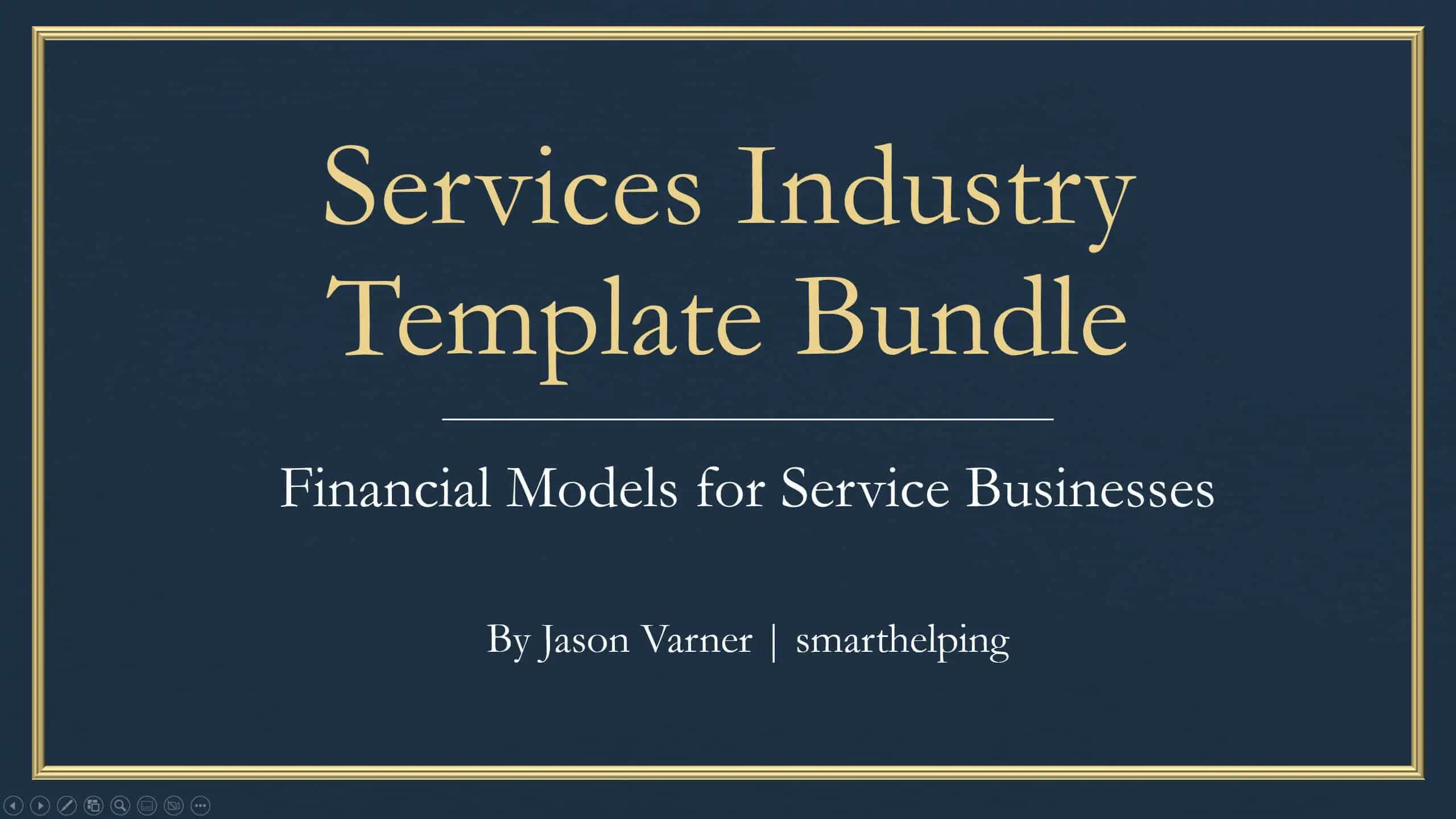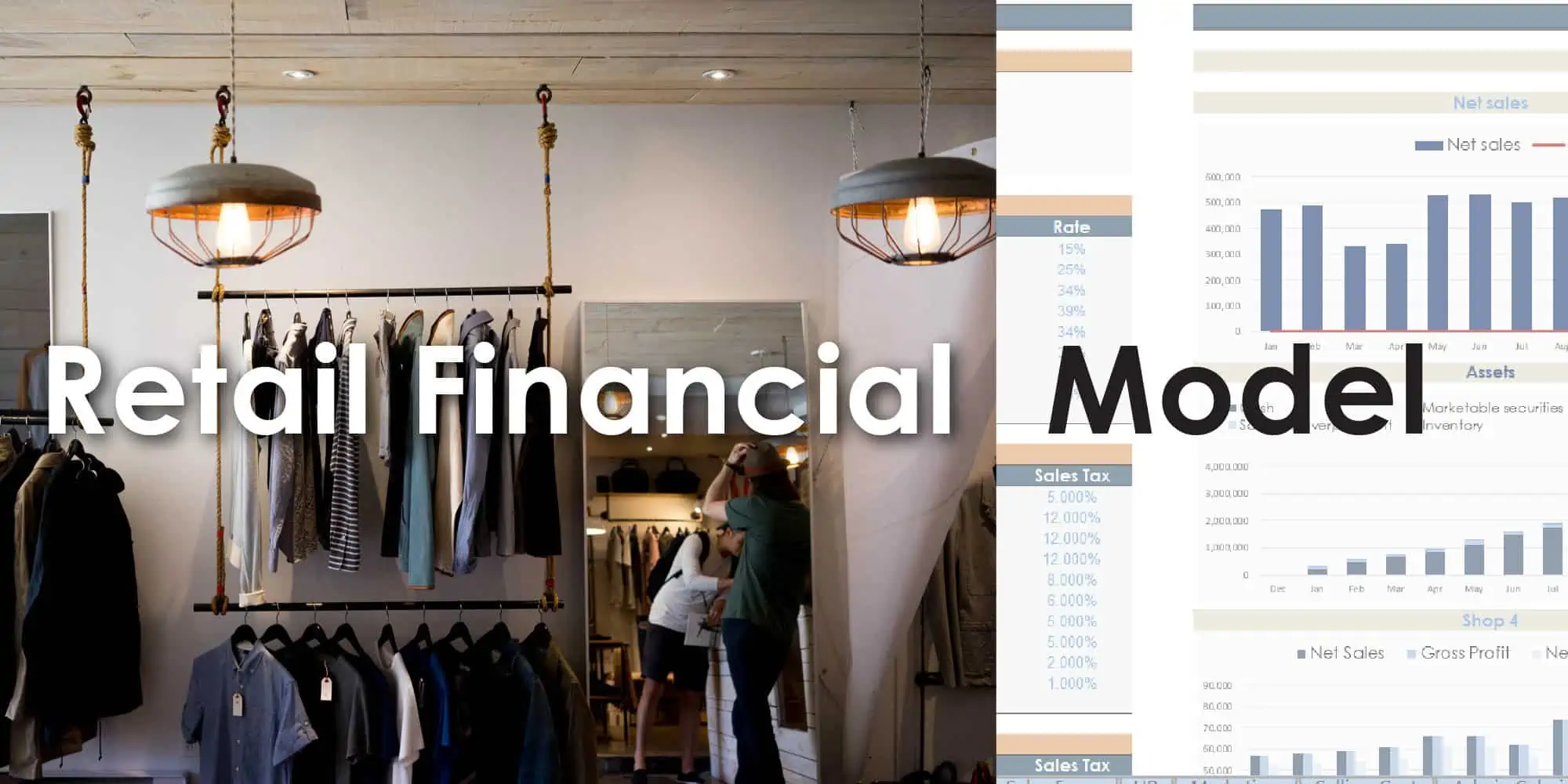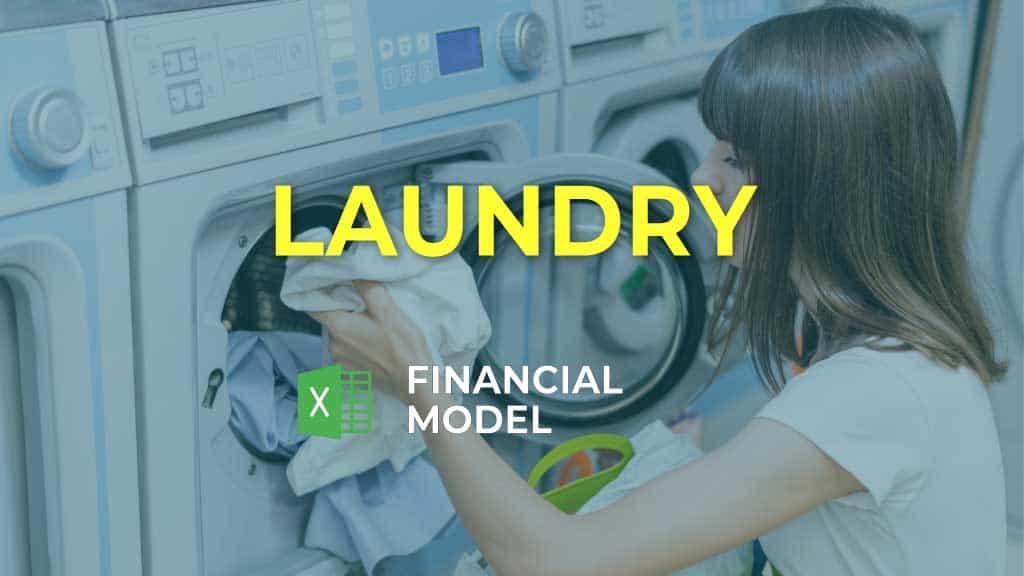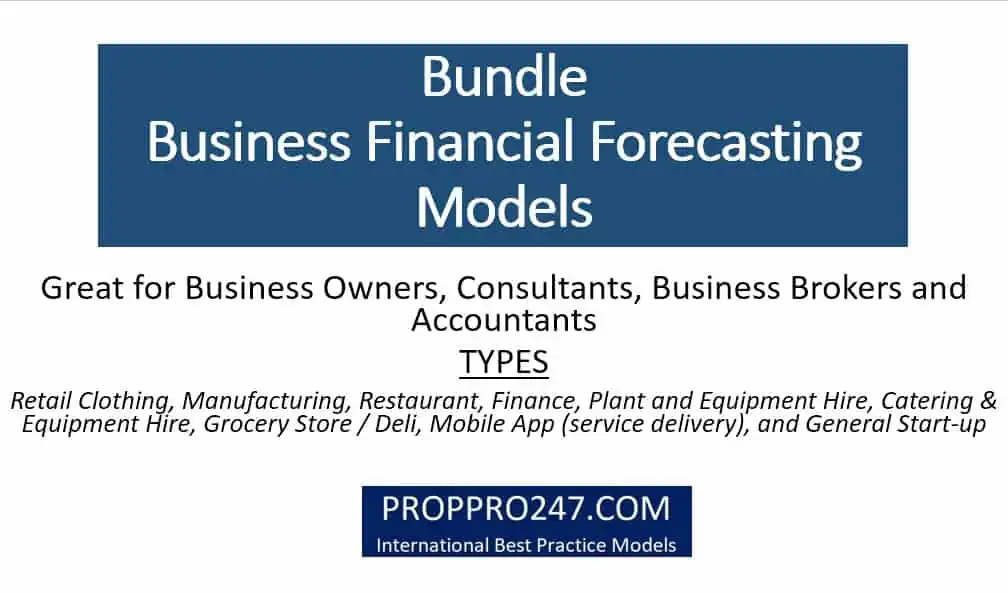Self-Service Laundromat Financial Model and Budget Control Template
The financial model for a self-service laundromat is a comprehensive tool that allows owners and investors in the industry to make informed decisions about the business’s economic performance. The model considers various revenue and cost assumptions and startup and operating costs to provide a detailed analysis of the business’s financial health.

Self-Service Laundromat Financial Model and Budget Control Template
The financial model for a self-service laundromat is a comprehensive tool that allows owners and investors in the industry to make informed decisions about the business’s economic performance. The model considers various revenue and cost assumptions and startup and operating costs to provide a detailed analysis of the business’s financial health.
The template is designed with user-friendliness, with almost all inputs set in the assumption sheets. This means that users only need to input data in the blue font cells, while the rest of the model uses formulas or labels. The model is flexible and can be adapted to reflect changes in the business environment or the unique needs of a particular self-service laundromat operation.
Green sheets throughout the model perform auxiliary functions, such as financial, debt, and working capital projections, among others. Users do not need to input additional information on these sheets. Given the assumptions, blue sheets are output sheets that provide a detailed view of how the business would perform. These output sheets offer users a comprehensive analysis of financial projections, including revenue growth, gross margin, and net profit margin.
The evaluation tab allows users to assess their business’s valuation and potential exit strategies. The comparison feature will enable users to measure their performance against the original projections and adjust their strategy accordingly. The template also offers a vast selection of charts and ratios that provide a more in-depth understanding of what drives the business.
The financial model for a self-service laundromat is structured as follows:
1. Assumptions: This sheet contains all the assumptions used in the financial model, such as revenue assumptions, capex, opex, and startup costs.
2. Ops – Calculations of revenue, cogs, and opex: This sheet contains the calculations for revenue, cost of goods sold (COGS), and operating expenses (OpEx). The calculations are based on the assumptions provided in the Assumptions sheet.
3. Working Capital: This sheet calculates the business’s working capital requirements, which is the money needed to run the business’s day-to-day operations.
4. Debt Model: This sheet models the debt considering the funding assumptions.
5. Capex: This sheet models the capital expenditures required to start and grow the business, including the cost of equipment and property.
6. Mo-FS – Monthly Financial Statement: This sheet contains the monthly financial statements for the business, including the income statement, balance sheet, and cash flow statement. These statements are based on the calculations performed in the Ops and Capex sheets. (in this sheet in the Cashflow Section, the user can set up the dividend payout if needed)
7. Actual: This sheet is used to input actual data as it becomes available. This allows the business owner to compare actual performance against the forecasted performance and adjust their strategy as needed.
8. Annual Financial Statements: This sheet contains the annual financial statements for the business, including the income statement, balance sheet, and cash flow statement. These statements are based on the monthly financial information in the Mo-FS sheet.
9. Summary – Executive Summary with Main Metrics: This sheet provides a summary of the primary metrics for the business, such as revenue, net income, and key ratios, allowing the business owner to assess the performance of the business quickly.
10. Breakeven Analysis: This sheet calculates the breakeven point for the business, which is the level of sales at which the company is neither making a profit nor a loss, allowing the business owner to understand the minimum sales needed to cover their costs.
11. Ratios – 20+ Ratios of All Kinds: This sheet provides a list of over 20 different financial ratios that can be used to assess the performance of the business. These ratios
Similar Products
Other customers were also interested in...
Dry Cleaning Financial Model and Budget Control Te...
The financial model for a dry cleaner is designed to help owners and investors in the industry make ... Read more
Laundromat Financial Model – 10 Year
This template allows the user to produce financial statements based on assumptions specific to the l... Read more
Services Industry Financial Model Bundle
Bundle of financial model templates for Service Industry businesses and its related sectors such as ... Read more
Car Wash Financial Model – Dynamic 10 Year B...
Financial Model providing a dynamic up to 10-year financial forecast for a startup or existing Car W... Read more
Tailoring Business Financial Model – Dynamic 10 ...
A tailoring business specializes in personally fitting garments to each customer’s needs. Tailors ... Read more
Retail Business Financial Model
The Retail Financial Plan is an all-inclusive financial planning template for the retail industry. W... Read more
Car Wash Development Model
The Car Wash Development model projects annual future cash flows from a car wash facility from the p... Read more
Laundry Financial Model Excel Template
Purchase Laundry Pro Forma Projection. Impress bankers and investors with a proven, strategic busine... Read more
Bundle – Business Financial Forecasting Mode...
The purpose of this Bundle of Business Forecasting and Financial Models is to assist Business Owners... Read more
Dry Cleaner Financial Model Excel Template
Check Dry Cleaner Financial Model Template. Fortunately, you can solve Cash Flow shortfalls with a b... Read more
You must log in to submit a review.























